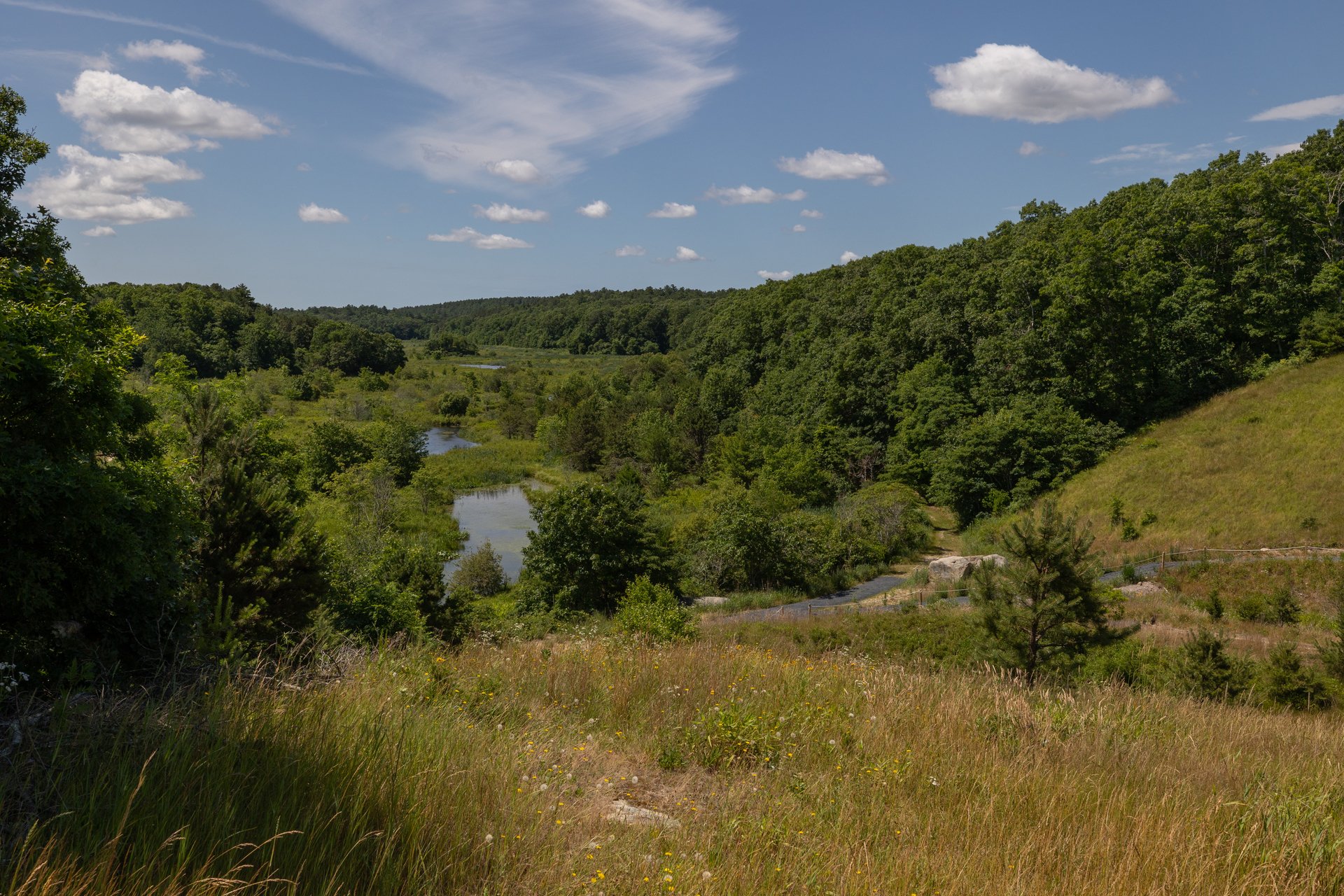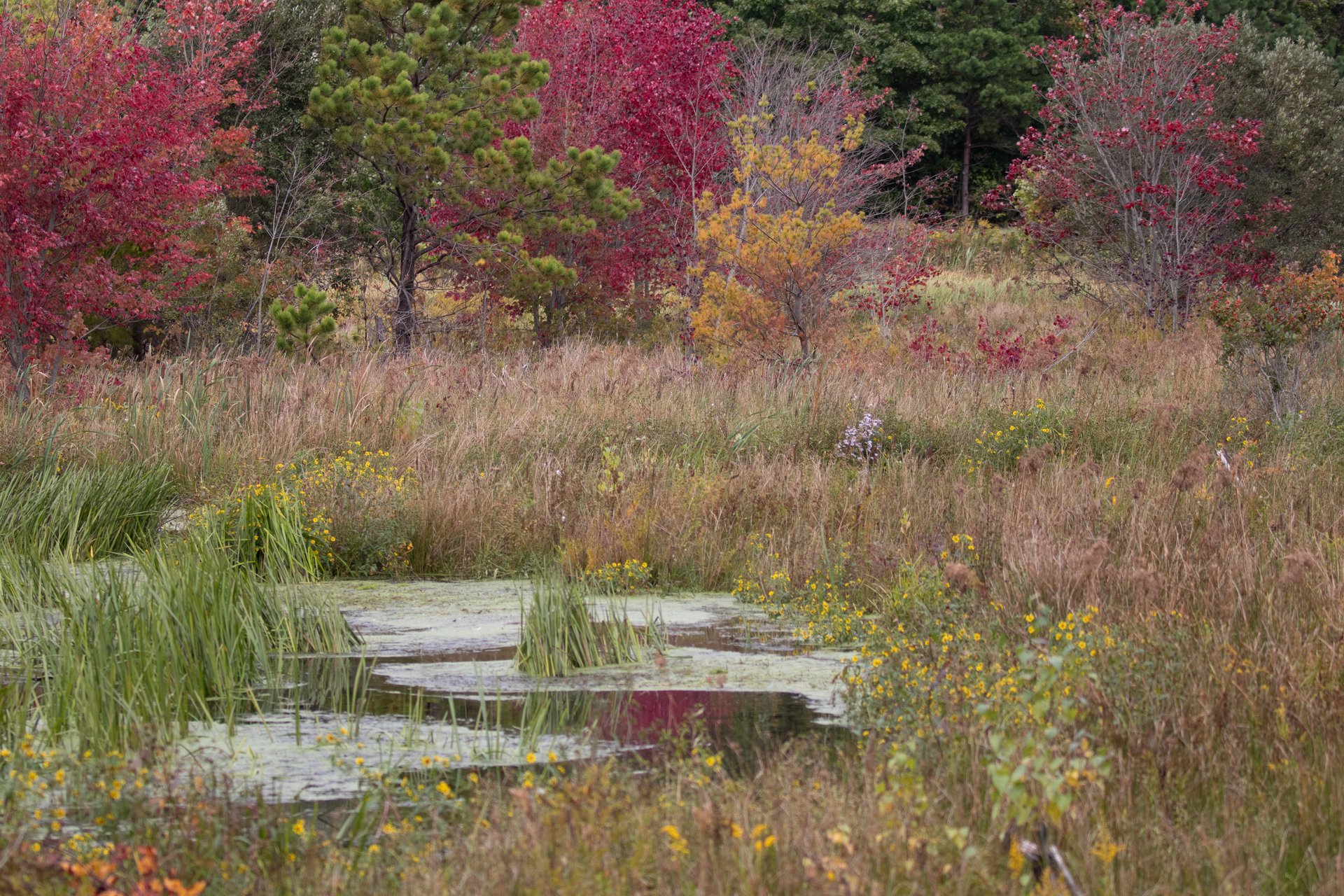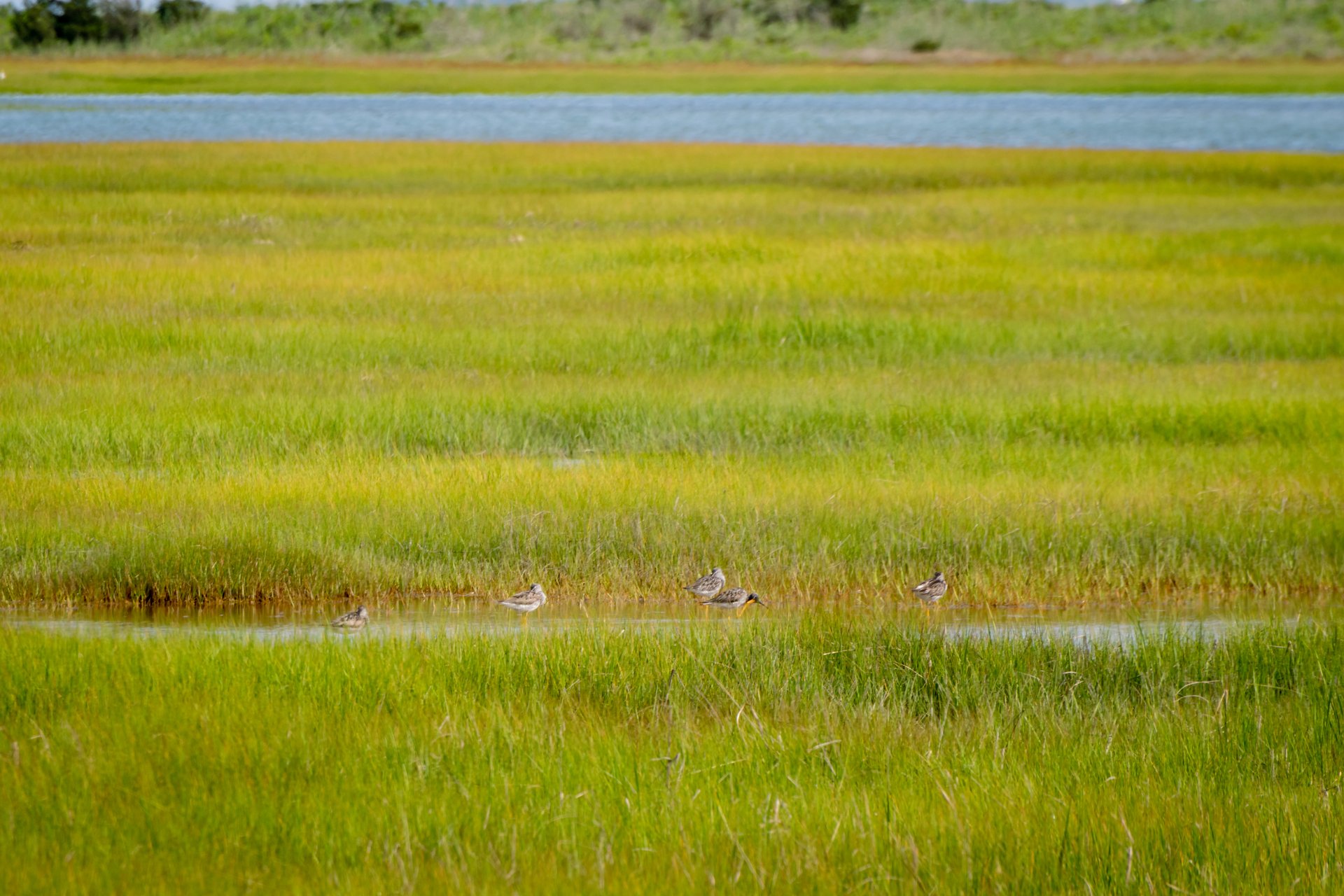Investing in our Future
March 28, 2024
Turn on any news station, read any newspaper, or scroll through any social media feed and you will find an onslaught of dire news about the climate. So, it may come as a surprise that right now we are also experiencing what is possibly the most hopeful time for nature and our environment.
Why? Because protected and restored natural ecosystems absorb greenhouse gas emissions, buffer our coasts from rising sea levels, and provide critical habitat for wildlife to thrive. And policymakers, private donors, and the public are all rallying around the power of nature to solve two of the biggest challenges of our time: the climate and biodiversity crises.
Government in Action
Last year, the United States Congress passed the historic Inflation Reduction Act, which made the largest investment in climate action in history. In Massachusetts, the state legislature committed more than $1 billion in federal COVID relief and surplus dollars to nature and climate solutions and passed the third climate law in four years.
Most recently, Governor Maura Healey took the important step of signing an executive order to set statewide goals for biodiversity. This order creates a timeline of official targets for land conservation, habitat restoration, marine conservation, and ecological restoration.
A Game-Changing Gift
Investments at the federal and state levels are long overdue and critical, yet to unlock and leverage these government funds and to accelerate the pace and impact of conservation, significant private investment is needed too.
Our Action Agenda sets out ambitious goals: work with public and private partners to protect 30% of Massachusetts lands (that’s an additional 100,000 acres). A number of other states and countries have set similar land protection goals to meet climate and biodiversity objectives, but Massachusetts is perhaps the most poised and positioned to meet them, creating a model for the rest of the nation. A recent transformational gift of $25 million from MathWorks for land protection and habitat restoration will help us meet our conservation goals and serve as the catalyst for a new $75 million private Climate and Biodiversity Fund at Mass Audubon.
The Natick-based developer of mathematical computing software has always had an eye toward sustainability and conservation through its Green Initiatives program within its Social Mission. In February 2023, MathWorks donated $2.4 million to help Mass Audubon protect four properties—including Porcupine Woods in Princeton and the Minery Family Lands in Sandisfield and Otis—all of which are connected to expanses of existing conservation land. In addition to habitat connectivity, the state has designated each property as a Critical Natural Landscape for rare plant and wildlife species.
Set Up for Success
With the governor’s new executive order on biodiversity and the Commonwealth’s historic climate law, this gift comes at a perfect time. By working with public entities, other conservation groups, landowners, and private partners like MathWorks, Mass Audubon has created the momentum to act as a catalyst in meeting the ambitious climate and biodiversity targets set by the state.
Mass Audubon has a long history of protecting our state’s most biodiverse landscapes and forests that absorb carbon emissions. We have accomplished this by looking at land conservation through the lens of what is most important to protecting biodiversity, meeting our climate targets, and protecting clean air and clean water.
Recently we worked with Mount Grace Land Trust and 12 separate landowners to protect 700 acres in Central Massachusetts. On-the-ground restoration actions are in motion at Allens Pond in Dartmouth to help the salt marsh adapt to climate change while capturing and storing carbon. Recent federal grants—such as a $4.4 million award from NOAA—will help create pipeline of future projects involving marsh migration and coastal resilience. And we are building off the success of the 2016 restoration project at Tidmarsh cranberry bog, which now hosts 530 species of native plants and animals across 481 acres, and working with partners to restore hundreds of additional acres of wetlands on retired cranberry farmland in the southeast.
Thanks to our partnerships with government agencies and fellow conservation groups, our in-house expertise, our forward-thinking governor, and organizations like MathWorks, we are uniquely positioned to create and maintain healthy habitats where native species can flourish and people can get outside and experience the benefits of nature. But this is just the beginning—we have so much more to accomplish, and we can’t do it without you.
Stay Connected
Don't miss a beat on all the ways you can get outdoors, celebrate nature, and get involved.





